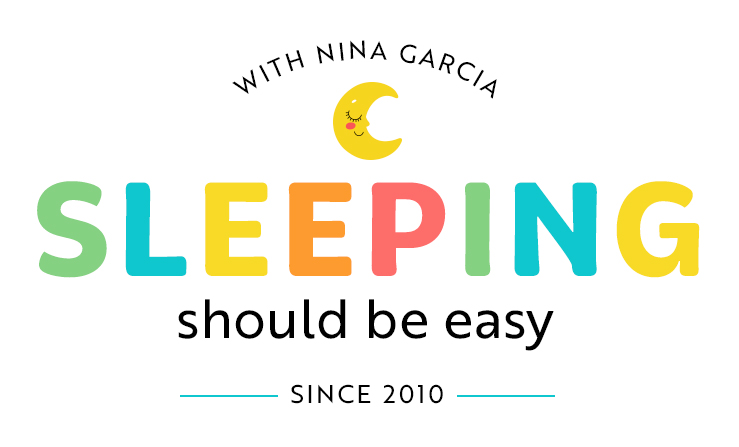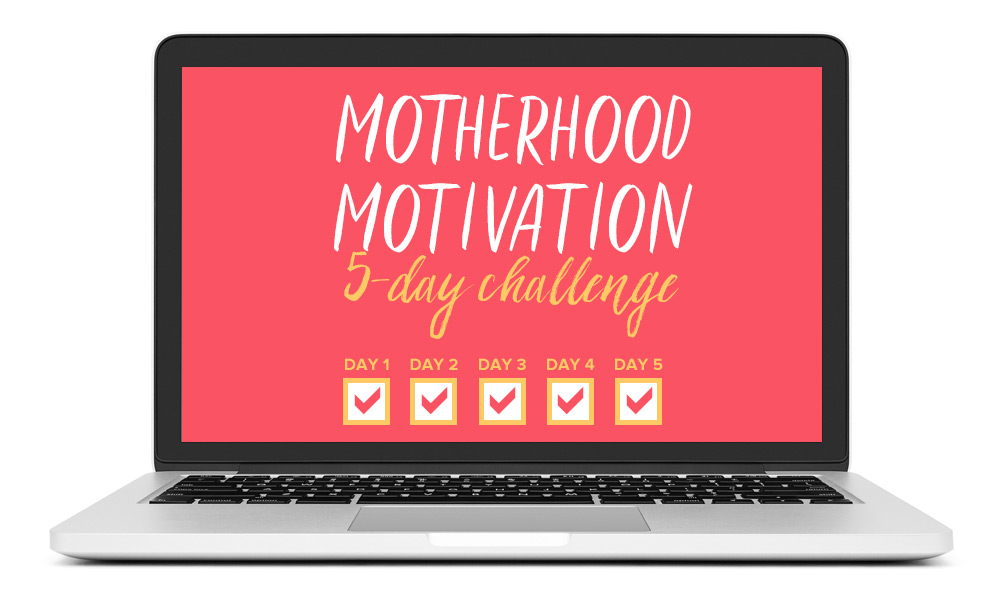When Breastfeeding Hurts (Even with a Good Latch)
What do you do when breastfeeding hurts, even with a good latch? Learn how to overcome this common challenge with these tips.

I knew I had a good latch—I’d followed all the best practices and made sure I was doing everything right. This only made me wonder why breastfeeding was still hurting after all this time. I dreaded each session, bracing myself for the pain I’d feel, and shot dagger eyes at my husband and mom when they suggested I feed the baby.
I hadn’t anticipated having any breastfeeding problems, but there I was, in pain even with a good latch. What do you do when you follow all the right steps and breastfeeding still hurts?
For many of us, the initial discomfort of breastfeeding is normal, but other times, the symptoms don’t go away. What do you do then? Take a look at these tips that can help make breastfeeding much smoother. As one parent said:
Double-check your latch
It’s always a good idea to make sure your baby is latching correctly, even if it feels like he is. Don’t let him pull back to a shallow latch or keep nursing with a bad one, as this enables bad habits to keep going. Instead, unlatch and try again.
A few tips that helped me:
- Flatten your breast as if you’re feeding your baby a hamburger. This squeeze allows him to take in more of the breast. His lips should surround the areola, not just the nipples.
- Hold your breast (not the areola!) with your thumb on top and the other fingers underneath. This can help you better grasp the breast as you put as much of it in his mouth.
- Point the nipple toward his nose, not his mouth. That way, he can tip his head back and reach higher.
- Change your nursing position. A new position can be all it takes to encourage him to nurse differently. If you’ve been nursing with a cross-cradle hold, you might switch to the football hold.
Free email challenge: Feeling stuck in motherhood? Want to enjoy raising your kids again? Sign up for the Motherhood Motivation 5-Day Challenge! You’ll get one actionable tip a day that can make you think (and act) about motherhood differently. You’ll also get my newsletters, which parents say they LOVE:
Rule out bacterial growth
Disclosure: This article contains affiliate links. As an Amazon Associate, I earn from qualifying purchases.
While most breastfeeding pain goes away on its own, some are due to bacterial growth, like thrush.
Thrush is a yeast infection that can happen on your breast, in the baby’s mouth, or both. Because it’s bacteria-based, you’ll likely need antibiotics to make it go away, so a call to the doctor is the way to go.
At first, I brushed the pain aside, thinking I could push on through. But when I found myself curled on my bed crying with pain, I knew this was different. A quick call to the doctor confirmed that I had thrush, which finally went away once I followed her steps.
Even if it’s not thrush, your doctor can guide you through the next best steps for you and your baby. She can recommend a lactation consultant or advise you about expectations. Hearing from her can set your mind at ease and address your specific breastfeeding pain.
Bonus tip
One quick way to prevent bacterial growth is to change your breastfeeding pads often. Once they’re damp, swap them out with a clean, dry pair so that bacteria have less chance to flourish.
Allow your breasts to heal
It doesn’t matter how well your baby latches—if your nipples have cracks or cuts or are bleeding or bruised, breastfeeding can hurt. That’s why it’s important to give them as many opportunities to heal as possible. For instance:
- Spend 15 minutes after feedings without a nursing bra. Use the time you burp to air out your breasts and prevent them from chafing on your shirt.
- Apply lanolin cream or breast milk on your nipples before and after feedings. This can help heal existing cuts and blisters while preventing new ones from forming.
- Wear breast shells. These became a lifesaver when wearing nursing pads was even too painful. Breast shells add a space between your breasts and clothes, giving them more chances to heal.
- Apply warm compresses to treat engorgement. Ten minutes before nursing can help ease the discomfort.
Pump while your breasts heal
Pumping can be a lifesaver if you find yourself with cuts and complications. You might use it to clear a clogged milk duct or as you heal from mastitis. When I had thrush, I relied on pumping to keep my milk supply up while also providing the twins with breast milk.
That said, a breast pump isn’t as efficient as a baby, so you run the risk of a reduced milk supply. To prevent a decline, try pumping after every feeding, or do so more often instead of only when your baby normally nurses. (If she nurses every three hours, you could pump every two.)
The bottom line
I spent the first several weeks with my eldest ready to quit breastfeeding every day. Just one more day, I’d push myself. If it’s really bad, then I’ll quit.
And after that day was done, I’d aim for another, until it got easier that I’d aim for two. Eventually, my goals extended to a week, then to a month, and finally, I’d forgotten that breastfeeding had hurt at all.
Breastfeeding can hurt, coming as a shocking surprise to many moms. But with the right approach, you can push on through and breastfeed—all without the pain.
Get more tips:
- Baby Twisting and Pulling While Breastfeeding?
- 5 Reasons Your Baby Keeps Unlatching (But Is Still Hungry)
- How to Get Your Baby to Open Wide for a Latch
- 5 Tips to Stop Breast Pain After Breastfeeding
- Is Your Baby Never Satisfied After Breastfeeding? Here Are 4 Reasons Why
Don’t forget: Join my newsletter and sign up for the Motherhood Motivation 5-Day Challenge below—at no cost to you:

